Whether you own the original Nintendo Switch, Switch Lite or the gorgeous Switch OLED, it's likely that the onboard storage won't be enough to hold your full game library. And that's where microSD cards come in for extra memory.
You may get away with downloading a handful of games directly to your console, but the onboard 32GB storage can fill up fairly quickly. Even the boosted 64GB inside the Switch OLED isn't enough for most users. Luckily, this can be remedied by inserting a microSD card via the small slot underneath the kickstand, which can then live in your console permanently.
Below, we've listed some of the best storage for Nintendo Switch, whether you want to break the bank and futureproof your storage for the long term or just add a bit more space on the cheap.
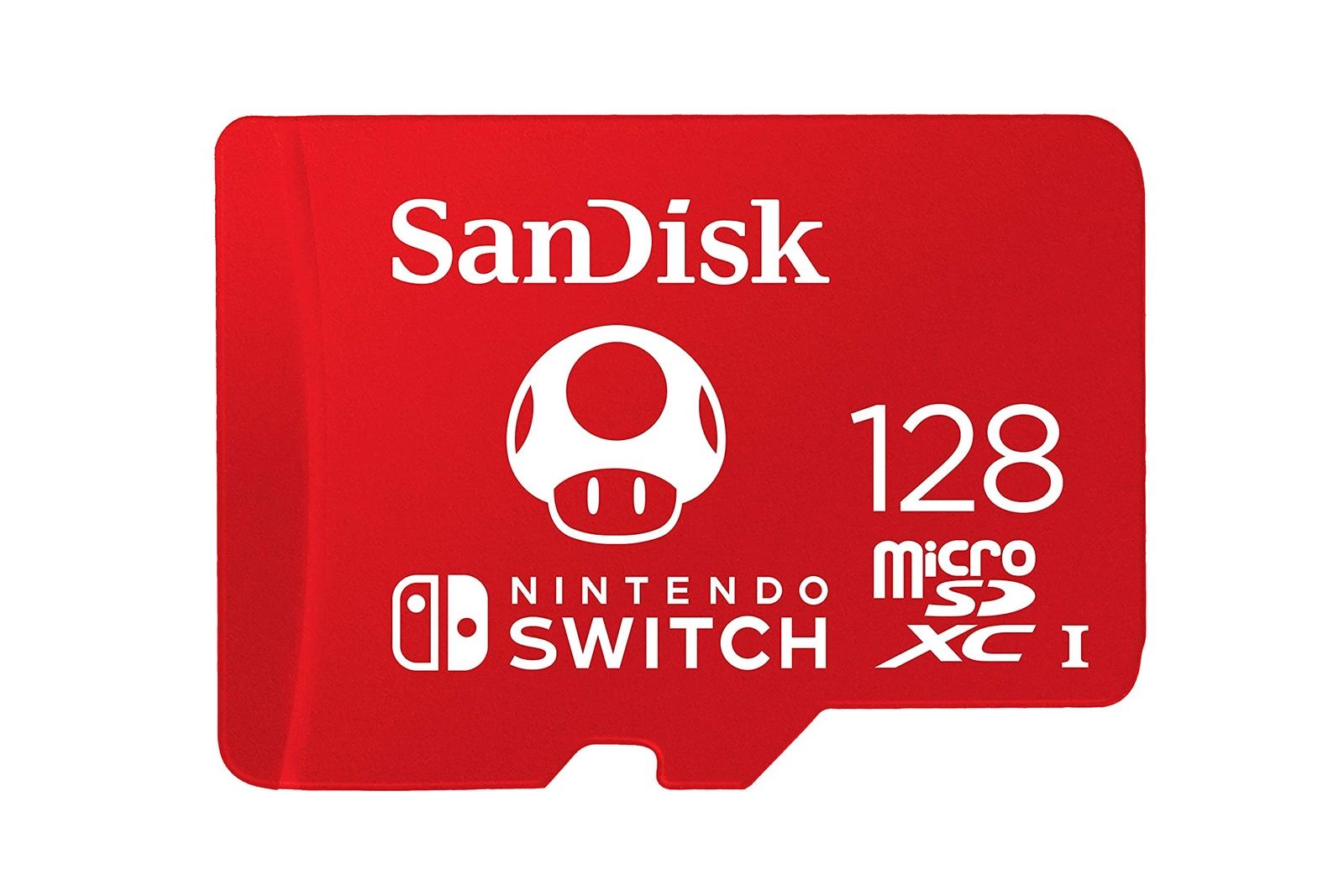
SanDisk 128GB MicroSDXC Card
Great price
SanDisk's option is the ideal middle-ground for Switch owners.
- Official option
- Great value
- Faster speeds available
While there are obviously options that provide both more and less storage than this 128GB option from SanDisk, we believe this is the ideal mid-point for most people.
It's still very affordable, and, providing you're not downloading new games very frequently, it won't leave you short on storage.
Since it's also the officially licensed version, there's no need to format it prior to popping it in your Switch. Plus, you get that cute logo on the card itself.
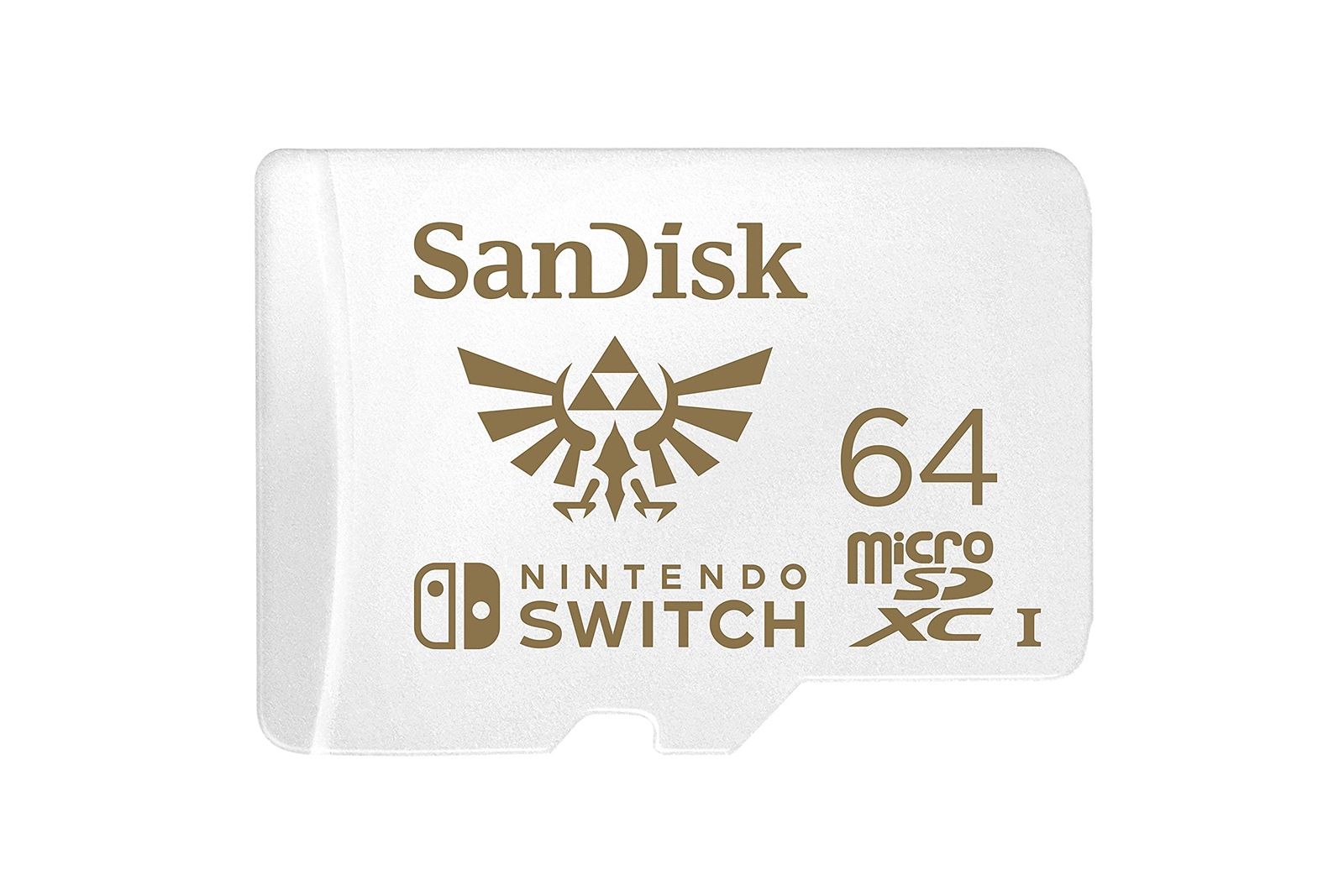
SanDisk 64GB microSDXC Card
Best budget option
For those who want the minimum bump up in storage, this is a great one to consider.
- Officially licensed
- Very affordable
- Only really for light users
If you're likely to only download things to your Switch occasionally, there's perhaps no need to splash out on more storage than you need.
Enter, then, this 64GB option from SanDisk. As with others, this is officially licensed by Nintendo, which means there's no need to format it, and you'll get a Triforce logo for good measure.
Just be sure that you won't eventually need more than this storage option since it's preferable to have a big card with empty space rather than running two cards simultaneously.
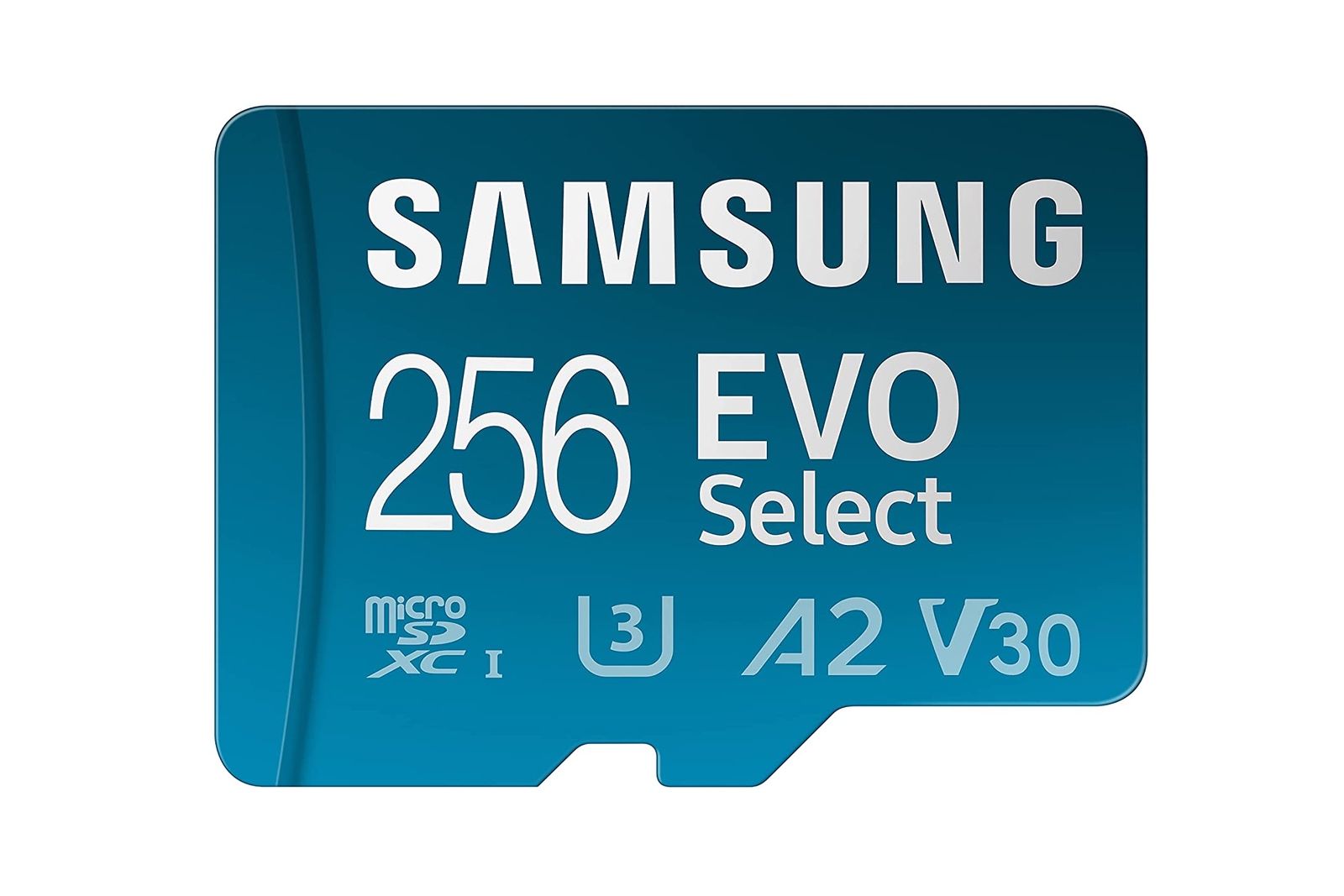
Samsung Evo Select 256GB microSDXC Card
Top choice
An alternative option to officially licensed cards, but one that represents great value and offers top performance.
- Super speeds
- Sometimes inconsistent reading
You won't get a fancy Nintendo logo on the card itself, but you do get extremely fast speeds and excellent affordability with this Samsung option.
We've noticed the odd inconsistency compared to the SanDisk options we tested, but nothing major - often the card will just need popping out and clicking back in and it'll format correctly.
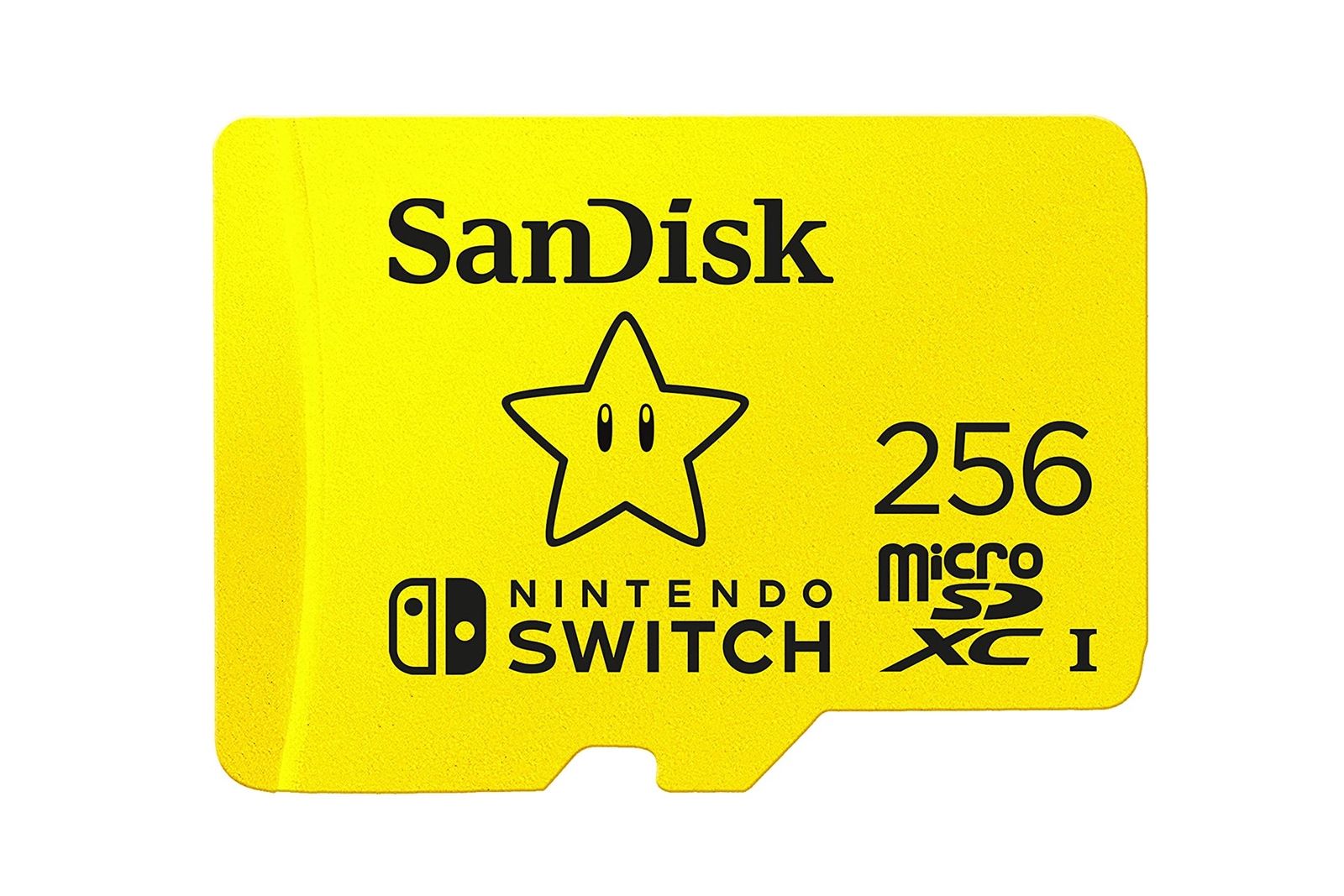
SanDisk 256GB microSDXC Card
Excellent memory
One of SanDisk's bigger cards, and one that's again licensed officially by Nintendo.
- Simple and reliable
- Official option means slight premium
If you want something that's officially licensed and still offers the 256GB bump in memory, SanDisk also has this option to consider.
It's slightly more expensive than likeminded cards, but you do get improved reliability, easy formatting and that fun design to enjoy.
This storage option does appeal more to heavy users, we'd suggest, and the price reflects that, so consider whether this is truly the right level for you before splashing out.
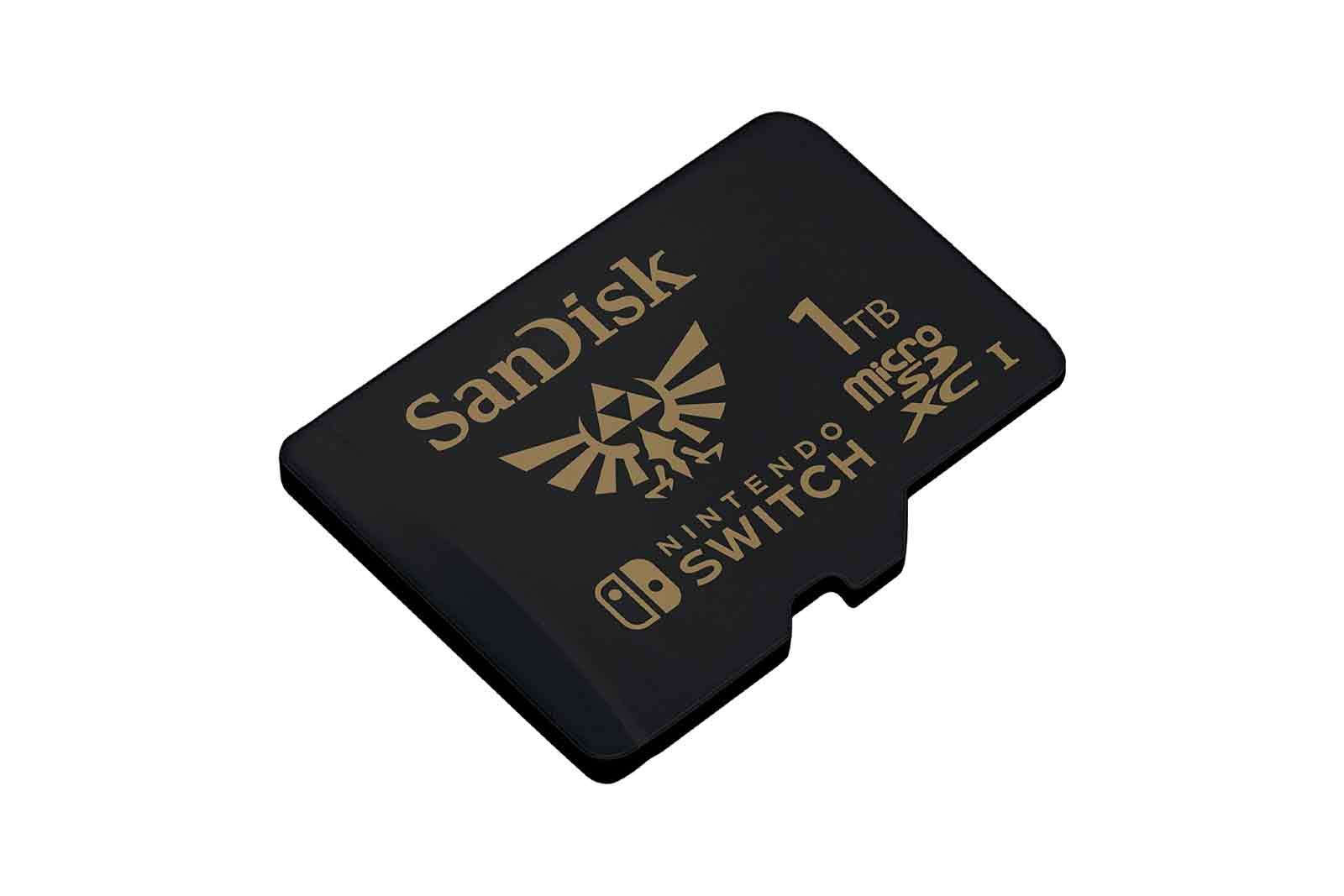
SanDisk 1TB microSDXC-Card
Maximum storage
The single biggest microSD card you can get for your Switch.
- An enormous amount of storage
- Works flawlessly
- Much more expensive
If you want storage levels on par with the latest consoles from Microsoft and Sony, then SandDisk's newest, enormous 1TB card is the only option to consider, with no one else on the market matching its capacity.
This amount of storage means you can basically forget about deleting games for a good long while, and it makes it way easier to have a huge roster of titles ready to play without any redownloads or reinstalls. Obviously, the main downside is that this pumps its price up to a seriously high level.
How to choose a memory card for Nintendo Switch
If you've just picked up your Nintendo Switch, it can be difficult to know whether you actually need a memory card - and which one is best for your playing style. We'll address some FAQs in this section.
Do I need a microSD card for my Nintendo Switch?
Unless you're only planning to have a handful of games downloaded to your console and will stick mostly to cartridges, owning a memory card is pretty much a necessity, we'd say. Some popular titles can take upwards of 10GB to store if downloaded from the virtual store, and having a storage card inserted means that you'll have the convenience of quickly swapping between them.
It's often more a case of figuring out just how much additional storage you'll need - with options typically offering 64GB, 128GB, 256GB and 512GB.
What is stored on a Nintendo Switch microSD card?
Once inserted, your card will simply take care of game downloads and media, not save files. If you have Nintendo Switch Online, these save files can also be backed up to the cloud, meaning that a change of console (or an unfortunate loss) isn't a big drama. You're able to easily redownload games and restore save files.
Which microSD cards work on Nintendo Switch?
Any microSD card will work with the Switch, but, obviously, it'll have to offer relatively big storage capabilities to make it worthwhile. That's why we've recommended cards ranging from 64GB to 512GB, which are known as microSDXC (extended capacity).
Do I need to check a microSD's transfer speeds?
All of the cards we've recommended fall within Nintendo's guidelines for Switch microSD cards, but, if you decide to go with something that isn't on our list of picks, transfer speeds are a factor to consider.
See that circle with a number in it? That's the card class. Class 10 means 10MB/second minimum sustained write speed, Class 6 means 6MB/sec, and so forth. Nintendo recommends a minimum speed of 60-90mb/s.
Often you'll see an "I" towards the bottom corner of a card, too, in numeral style, which represents UHS-I, or ultra-high-speed, assuring a decent buffer speed to keep data chugging along. UHS-II ("II" rather than "I" symbol) is a lot faster, but rarely supported - so it's best avoided on a cost basis here as it'll bring no benefit. If you see a 3 symbol in a bucket then, again, that's the higher UHS speed class and not necessary.
